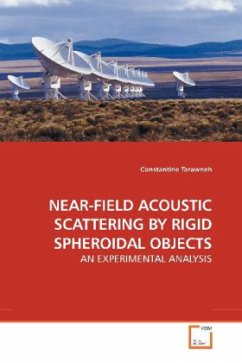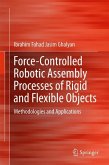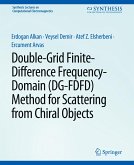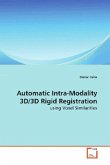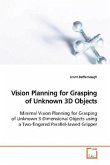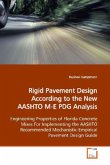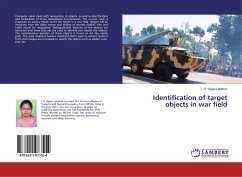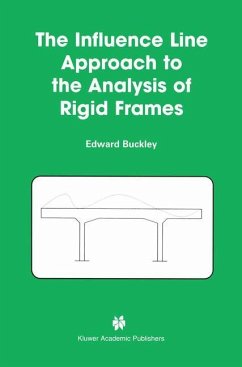An experimental analysis of near-field acoustic scattering by rigid spheroidal objects was conducted. For this purpose, a special anechoic chamber was designed and built, and five spheroidal objects were fabricated out of a starch powder held together by a cellulose binder. A super-tweeter was selected as the sound source in the acoustic scattering experiments, and a Bruel & Kjær 3.175 mm condenser microphone was used to scan the scattered sound in front and behind the five objects. The resultant acoustic pressure and relative phase angle profiles were compared to the theoretical predictions. It was found that the complexity of the acoustic pressure and relative phase angle profiles increased with the incidence cross-sectional area of the spheroid. The experimental and theoretical relative phase angle profiles, presented in this dissertation, are considered one of the main features that make this study unique and original. The relative phase angle profiles provide valuable information that can be used with that from the acoustic pressure scans to gain a better understanding of the acoustic scattering field around rigid spheroidal objects.
Bitte wählen Sie Ihr Anliegen aus.
Rechnungen
Retourenschein anfordern
Bestellstatus
Storno

